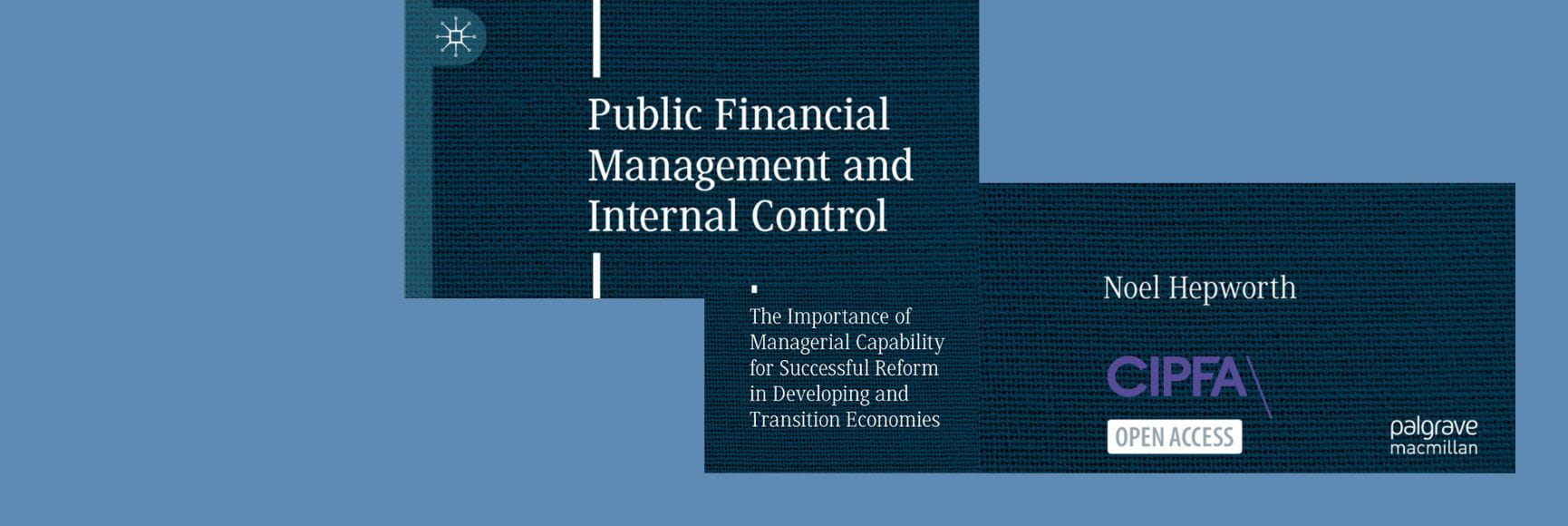Posted by Yang-Hyun Jin[1]

In response to the global economic downturn, the Korean authorities introduced a bold and proactive fiscal stimulus package in 2009 to cushion the economy against adverse external spillovers. These efforts have clearly supported growth so far this year and there are now signs that the economy has begun its recovery from the crisis, with GDP growing by a seasonally adjusted rate of 3.2% in the third quarter of 2009. According to the IMF’s latest forecast, the economy is expected to grow by 0.25% in 2009 and 4.5% in 2010. However, the outlook for 2010 remains subject to considerable uncertainty.
The preparation and implementation of the fiscal stimulus packages took priority over ongoing fiscal public finance management (PFM) reforms, notably the implementation of a medium-term expenditure framework (MTEF); a top-down budgeting system; performance-based budgeting (PBB); and e-government for the budget and accounting system (including for program-based budgets). The agenda for these reforms was adopted in 2003, with the aim of overcoming weaknesses in the PFM system. The previous budget system did not have much focus on a medium-term perspective, there was excessive reliance on a bottom-up approach when preparing annual budgets, and the focus was on inputs rather than outputs or outcomes.
In implementing the stimulus package, the authorities tended to revert to the previous centralized budget management process. This was largely unavoidable. More specifically, when preparing and executing supplementary budgets, including the April 2009 supplementary budget, the objective of moving to a top-down budgeting system was weakened. Confronting the imminent economic crisis, the central budgeting agency took the lead role in drafting detailed revised budgets.
Two core principles of a top-down budgeting system are an early decision of budget ceilings for line ministries by cabinet and the relative autonomy of line ministries in formulating a draft budget within the ceiling. With the adoption of the stimulus packages, it was difficult to fully reconcile these aspects with the necessity of an immediate response by the central budget agency to attain targeted policy goals.
The merger of the two central budget-related ministries may also have had an impact on slowing down implementation of PFM structural reforms. In 2008 the ministry of finance and economy (MOFE), which was in charge of treasury and macroeconomic policy, and the ministry of planning and budget (MPB), which mainly dealt with budget preparation and execution, were merged into the ministry of strategy and finance (MOSF) (see blog posting of July 14, 2008 by Ian Lienert). The new ministry, with all essential tools for macroeconomic policy and budgeting now under one roof, was able to show effective policy leadership amongst the line ministries during the recent economic crisis. Looking ahead, budget reforms, including reactivating the core principles of a top-down budgeting system, could be strengthened.
In September 2009, the Korean authorities announced a medium-term fiscal consolidation plan, with specific targets for the fiscal deficit and government debt, in order to ensure fiscal sustainability in the medium to longer term. More specifically, the authorities aim for a broadly balanced budget by 2013. The challenge ahead relates to how the medium-term fiscal targets and projections will be incorporated into ceilings and programs in annual budgets.
Concerning the MTEF, the various fiscal measures adopted to cope with the crisis have shown the need for close linkages between annual budget preparation and medium-term fiscal plans. In particular, the annual budget needs to be prepared and implemented in the context of a rolling medium-term budget framework.
For PBB, the Korean authorities have introduced several types of PBB systems, including the “self-assessment of budgetary program”[2] and “evaluation of budgetary programs”[3] both of which include budget performance evaluations and feedback that is used for the budget of the following fiscal year. The challenge in the period ahead is how to further implement the PBB system. In this context, the implementation and performance of crisis-related expenditures such as job-creating projects, infrastructure spending, and transfer to vulnerable groups could be reviewed within a PBB framework.
In addition, the current operation of program budgeting, which was first introduced in the budget for 2007, could be reviewed. Because program budgets are prerequisites for effective implementation of the MTEF and PBB, the relevance and effectiveness of program structure and its function could be reinforced. The program units for formulation, implementation, and evaluation of programs could be reexamined and redesigned if necessary with a view to enhancing their integration into annual budget processes and evaluations.
In conclusion, as the economy recovers and the overall budget situation improves, it would be useful to reinvigorate structural PFM reforms.
--------------------------------------------------------------------------------
[1] As with all blogs, the views expressed are those of the author and do not necessarily represent those of the IMF or IMF policy.
[2] The line ministries are required to assess their own programs with spending levels above a certain threshold every three years. The assessment is based on the 16 questions of the PART (program assessment rating tool) of the United States government. The MOSF reviews the assessment results and takes them into account for preparing the budget for following fiscal year
[3] The MOSF commissions studies to an outside evaluation team (usually KDI: Korea Development Institute) on the programs that need critical assessment. The outside expert team conducts in-depth studies and makes suggestions on the programs. The MOSF then considers incorporating the results of evaluation into the budget preparation







